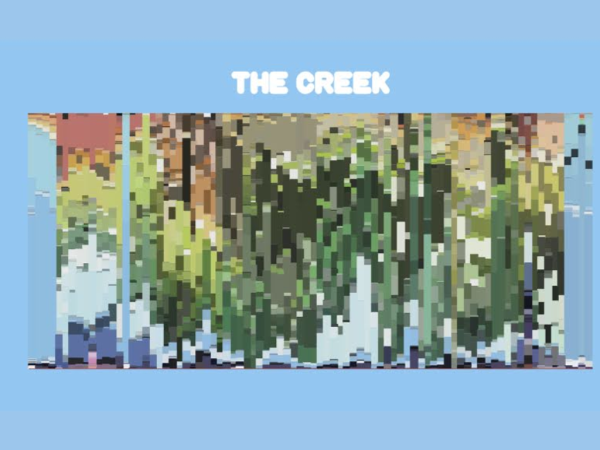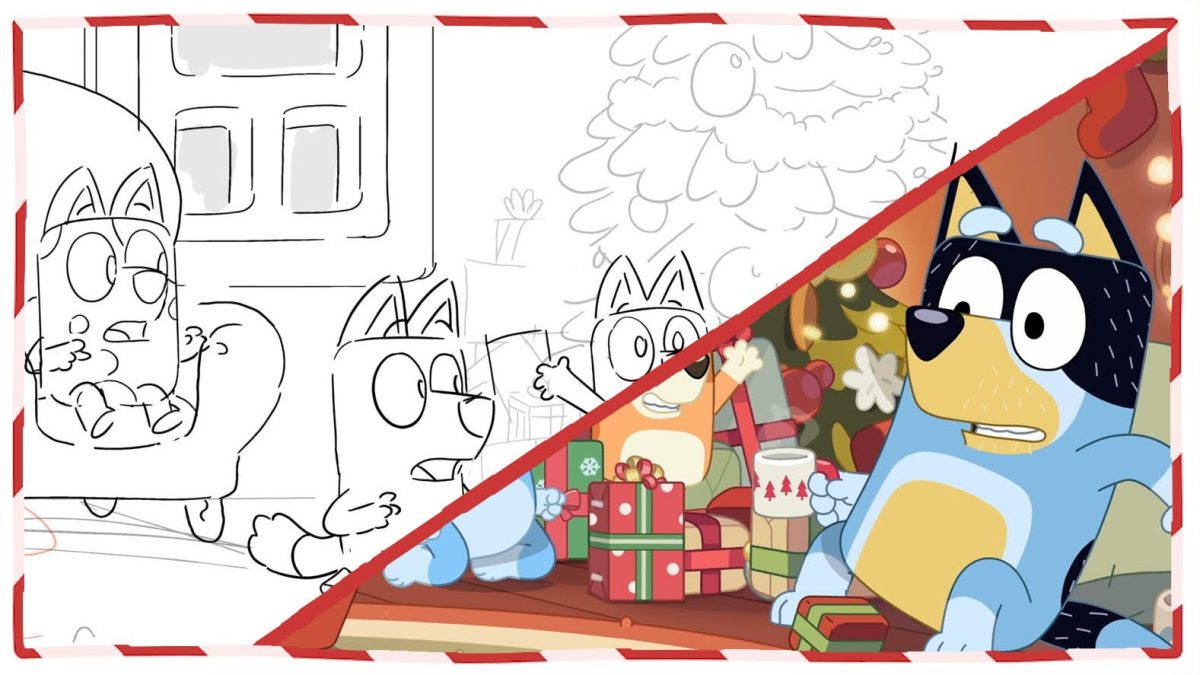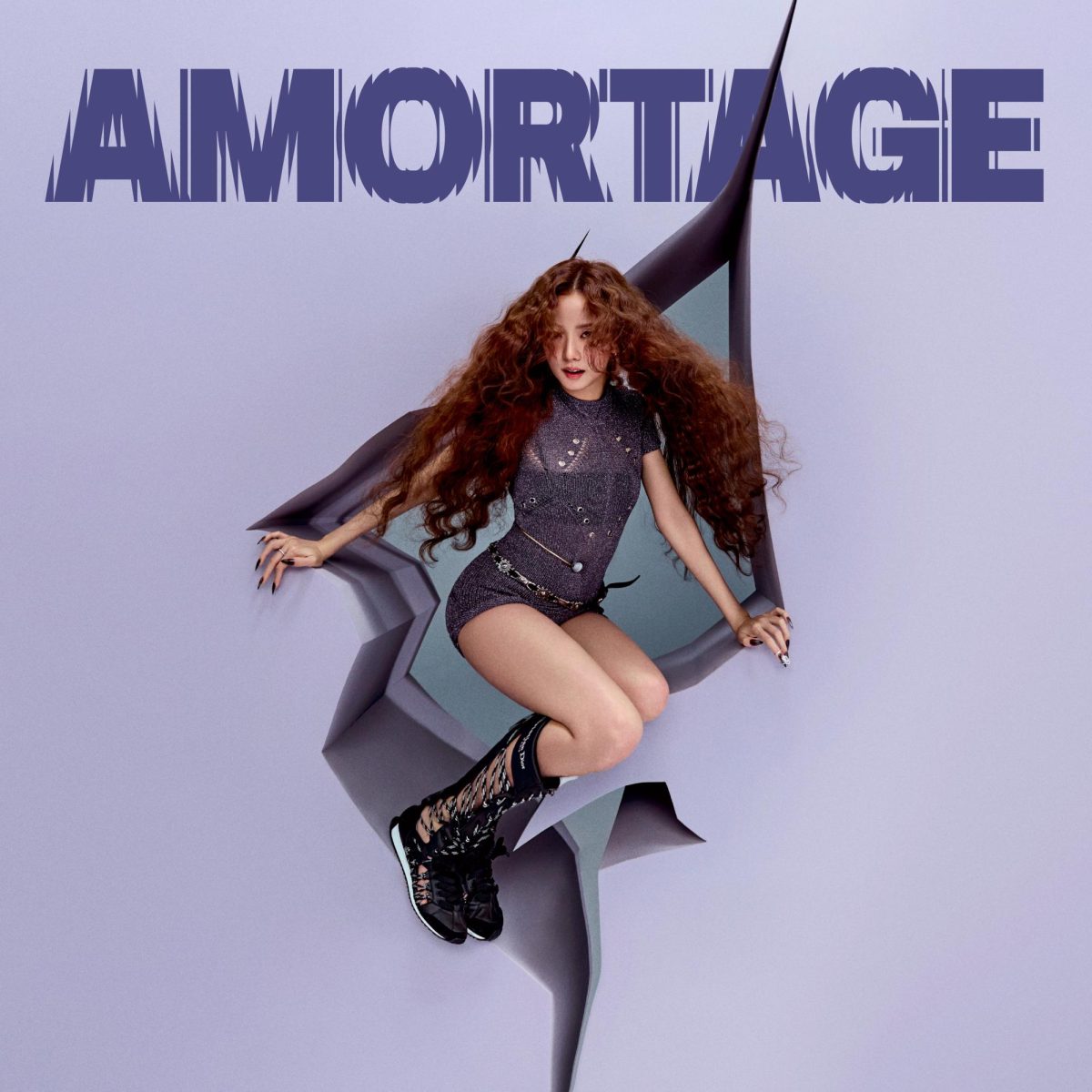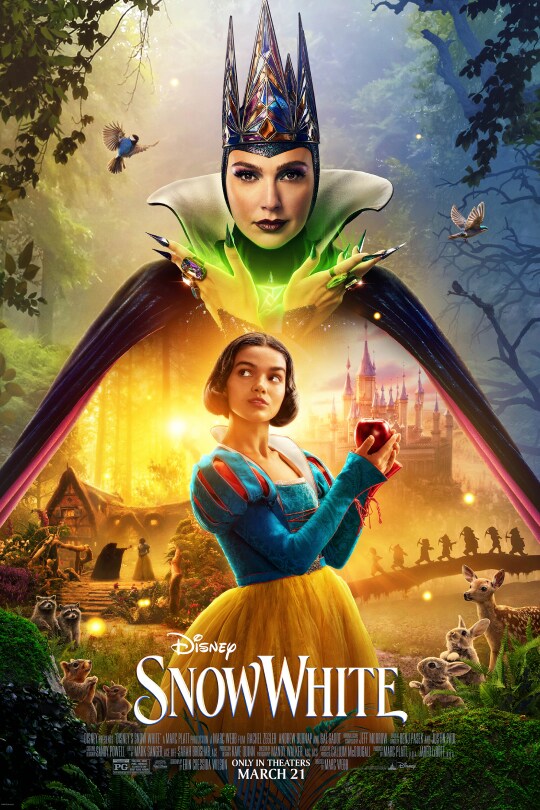Bluey: the wildly popular show developed by LUDO Studio. The success and popularity of this show is impressive, but more so is the reaction from critics, parents, and fans of the show. Bluey has sparked merchandise, designer clothing, and even a video game. Let’s take an in-depth look at Bluey, from a technical perspective, to uncover why many people adore the show.
Let’s start with audio. Music is written for each episode by Joff Bush. The show uses simple “stock like music” (as in, instrumental and mostly basic harmonies), but it’s very well mixed and has a diverse music style. Each episode follows its own musical dialect, with a few major styles. Some episodes reprise popular classical music, such as “Magic Xylophone” and “Fancy Restaurant.”
In terms of sound, they use immersive sound effects. Emphasized quiet sound effects make for a more realistic sound environment. The audio mixing has good surround — the 5.1 sounds fantastic. Instruments are well balanced, fit well into space, and are EQ’ed well. We have some low bass moments, but treble is generous creating a sparkly audio profile. It’s very natural and refreshing to see.

On the visual front, the graphic design team opted for simple, smooth edges. Bluey uses a font for signs, buildings, packaging, and other text. It is simplified and mostly hard to make out. It appears to resemble English, and some of it can be read. The color palette is interesting. Background characters tend to have less vivid colors. The colors, designed by LUDO, follow a specific style, with colorful matching palettes resulting in an almost pastel tint.
Motion is great, with smooth animations for characters to create expressive ears, eyes, and mouth. Some character animations look a bit weird, but they’re few and far between. Some of the small mannerisms, such as characters rolling their eyes and squinting, looking, or searching, are very detailed and great to see. This adds a really personal and descriptive touch to characters.
Let’s dial back to the show as a whole — its story. Stories flow from idea to idea fairly consistently. Plots sometimes refer back to each other, such as seeing a toy from a previous episode featured again, such as the Yes/No Button and Chattermax. Though, keep in mind, being a show designed with kids in mind, some story elements are simple and rudimentary. This can lead to some underwhelming experiences, but it can also provide a feeling of novelty and freshness. Some Bluey episodes give a sense of comfort, and many fan favorites, such as “Sleepytime,” reference larger emotions and how they relate to a child’s life.
Another important detail about the show is its presentation. Typically episodes run for seven minutes, sometimes eight. The runtime may be slightly affected by end banners, such as the “Distributed by BBC Studios” banner (Season 2 and later). Plots are usually relatively simple but can occasionally scale up, like in the episode “Sleepytime” or “Flatpack.”
Many episodes include adult references and some episodes include child-like tendencies to always win games, control some of the gameplay, and other elements, including talking loudly or struggling to speak. Bluey’s format, as well as its appeal to older kids and adults, creates a really original and rarely seen experience. For some older people, the show can be seen as dull. But for others, the show is immersive and relatable. There are several jokes that are aimed at adults, such as Bandit and Uncle Stripe accidentally being hit in the groin, Bluey deciding to rename the episode mid-way through, and Bingo asking Bandit how babies form (to which he responds with releasing the swing she’s sitting on, causing her to rapidly spin around on it).

Now it’s time for more nitty-gritty. These are the show formats and distribution.
From oldest to newest, Bluey is available on DVD Video, iTunes HLS Media, ABC iview, and Disney+.
The show can only be streamed on ABC iview and Disney+.
In the U.S., distribution is handled by Disney. In most other areas of the world, the BBC handles distribution.
iTunes: iTunes distribution is the highest quality currently available, with a 1920×1080 resolution, a 5.1 AAC (Apple Audio Codec) Surround Sound track, and a 2 channel stereo track.
iview: iview distribution is the second lowest quality distribution, with resolutions spanning from 360p 16:9, to 720p 16:9 (and 1080p 16:9 in Season 2 and later) with low bitrates, and a single 2 channel audio track.
Disney+: Disney+ is the second best way to watch the show. Several segments are clipped due to censorship, and a few episodes are not available on the platform. Disney + offers a 5.1 and 2 channel track, but the video has a slightly lower bitrate than iTunes.
DVD Video: This is the lowest quality version of Bluey available. It features an (quite outdated now) MPEG-2 video layer with a native resolution of 720×480, and a compressed AC-3 (aka Dolby Digital) 5.1 audio track. Interestingly, there is no 2 channel track, so when mixed down, background sounds are a bit loud. Bluey on DVD video also has a slightly worse color standard for video.









